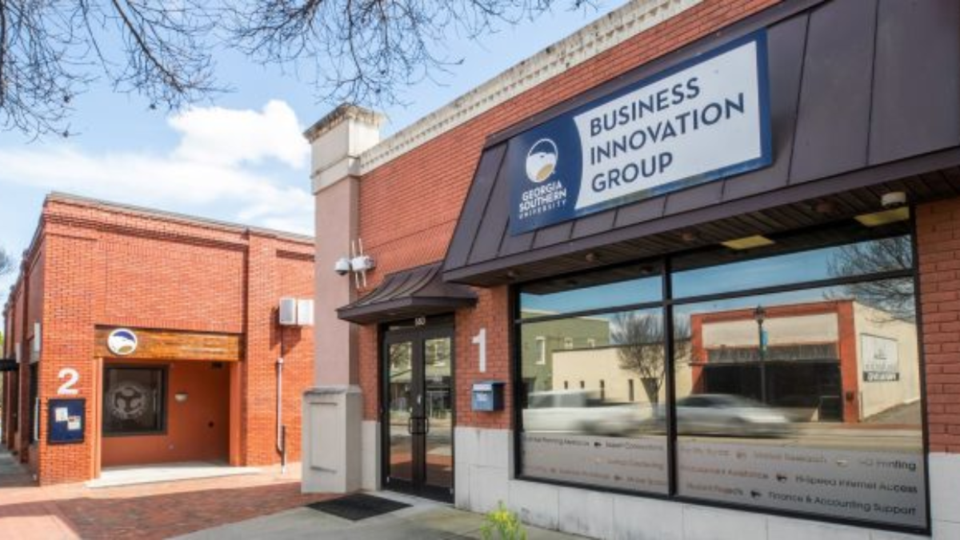A new research study from Georgia Southern University (GSU) suggests the manufacturing industry is starting to rebound from the pandemic.
“Our report illustrates that the manufacturing industry is one of the most important sectors in the coastal region’s economy,” said assistant director of GSU's Center for Business Analytics and Economic Research (CBAER), Ben McKay. (CBAER is part of the Georgia Southern Business Innovation Group.)
“Coastal manufacturers service clients across the U.S., and that range shields our region from some of the fluctuations of local business cycles, which trail a quarter behind state and national trends,” McKay continued.
The research study began in January. The Coastal Regional Commission of Georgia requested the study. The commission provides planning services for 10 counties and 35 cities.
The study utilized data collected from 10 counties the commission serves, including: Bryan, Bulloch, Camden, Chatham, Effingham, Glynn, Liberty, Long, McIntosh and Screven.
The goal of the study is to understand key economic trends in the manufacturing industry between late 2019 and early 2022.
Study results
The research shows that in total, manufacturing employment in the coastal region reached 25,643 jobs in the fourth quarter of 2021.
This figure is 3.6% below the starting point of the analysis in the fourth quarter of 2019. However, it also shows an increase of more than 1,800 jobs in the coastal region, which is a significant improvement since the lowest point of employment in the third quarter of 2020.
Data reflected that small manufacturers in the coastal region – classified as those with less than 50 employees – saw their workforce shrink by 129 direct jobs from the fourth quarter of 2019 to the fourth quarter of 2021.
Declines are attributed to shifts in demand for goods rather than a loss of manufacturers in the area and the loss of three local manufacturing establishments.
CBAER estimated that the economic impact of these losses created a decline of more than $68 million in direct manufacturing output over those nine quarters.
On the other hand, large manufacturers, which support more than 50 jobs, saw a decline of 833 direct jobs. This loss resulted in a decrease of $515 million in direct output.
“Our region must prepare for the growth and development coming to our expanding and new industries,” said CRC Chairman Jason Coley. “Our communities must utilize every tool available to effectively manage anticipated growth, and this report is a must-have implement for the region’s planning toolbox.”
For more information, click here.




